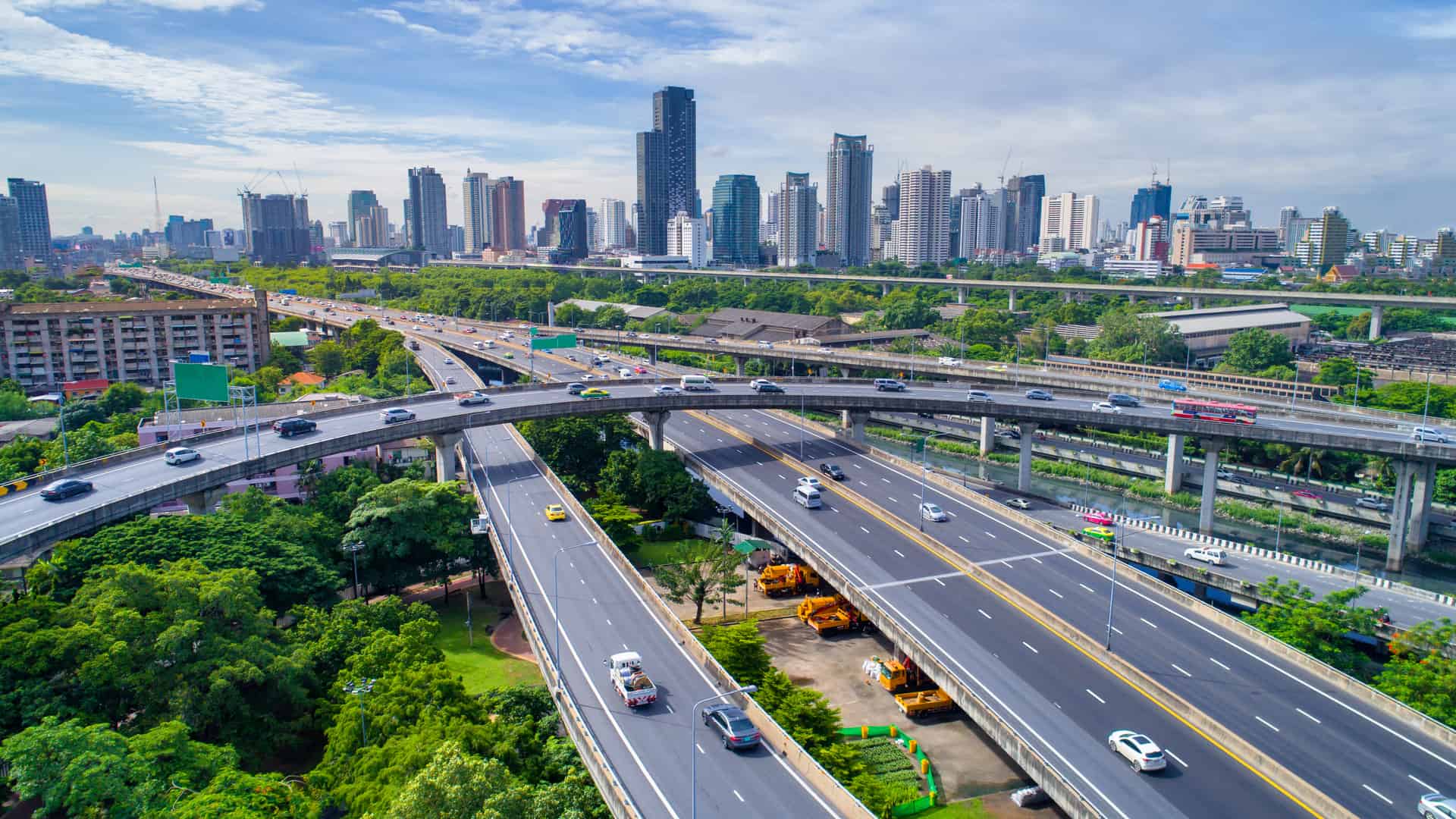How Does Urban Planning Affect Public Health?
By Beth Rush
Rapid urbanization is one of the defining trends of the 21st century across the globe. While it offers numerous socio-cultural and economic benefits, it also presents various challenges, particularly in the public health sector.
The increased concentration of people living in cities places considerable strain on health care infrastructure, posing unique difficulties. These two aspects of society must work in tandem to ensure a healthy population and sustainable environments.
Where Urban Design and Public Health Intersect
Historically, urban planning and population well-being have been intrinsically bound. For example, cholera outbreaks in the 19th century taught city planners to move sewage collection and treatment away from residential areas. Looking further back, you’ll find several other instances where health-related concerns informed certain urban layout decisions. More recently, the COVID-19 pandemic triggered city-wide changes, many of which are still in effect.
At the same time, urban infrastructure impacts the quality of health of the inhabitants. For instance, an ill-thought-out city design can leave certain areas overexposed to natural hazards like wildfires and floods, threatening the well-being of the people living or working there.
How Poor Urban Planning Affects Public Health
More and more people are leaving rural areas to find better conditions in the city. The World Bank estimates 7 of 10 people will live in urban environments by 2050. Successfully managing this growth requires a great deal of forward-thinking and thorough planning, especially about public health. A number of key considerations stand out.
Increased Burden on Health Care Infrastructure
The influx of people into metropolitan areas means there might be more patients at a time than existing health care facilities can handle. In some cities, you might have noticed hospitals or clinics being overcrowded, especially during flu season. This imbalance leads to longer wait times and can compromise the quality of care provided.
Higher Risk of Infectious Disease Outbreaks
Densely populated urban areas with major transportation hubs are more likely to become epicenters for disease outbreaks. SARS, Dengue Fever and even COVID-19 usually emerge in cities with many inhabitants. As a result, urban health infrastructure must be equipped to handle different outbreak scenarios and prevent widespread transmission.
Mental Health Challenges
Poor urban planning can impact psychological health. Vast concrete jungles, fewer green spaces, smog-filled streets, social isolation — any of these can increase mental stress. If you live in a popular city, you probably feel it too. That’s probably why most vacations are about escaping the city life.
Environmental Health Risks
In an ideal city layout, people would live miles away from industrial areas. However, an influx of people means habitable areas get more crowded, so homes are starting to appear in these commercial-designated spaces. This comes with environmental risk concerns.
People living in urban areas face increased exposure to air and noise pollution. There’s no shortage of sources, from the fumes from the factory across the block to incessant vehicle sounds along busy streets. Breathing in poor-quality air increases the risk of developing respiratory illnesses and heart issues. On the other hand, prolonged exposure to noise pollution can spike blood pressure and cause hearing loss.
Imbalanced Health Care Access
Health care facilities in the city tend to be better equipped than in rural areas. Public health encompasses everyone, irrespective of their location. This disproportionate access to top-quality medical services can exacerbate health gaps, with vulnerable populations at the receiving end. For instance, Vermont has one of the worst health status disparities between urban and rural populations despite having the third-best rate of licensed doctors.
Opportunities for Improvement
Urban design is always best when it’s orderly and aligns with a specific vision. The basic planning framework must take into account the population’s current and future needs. Policymakers must focus on these key areas:
Technology Integration
City planning presents an opportunity to leverage technology in public health management. For example, implementing remote monitoring systems and telemedicine can expand urban health care access and reduce overcrowding in hospitals and clinics.
Infrastructure Development
The interdependence of urban planning and public health must inform new development projects. Overall wellness is bolstered through interaction with the natural environment. For example, policymakers can promote increased physical activity by building more dedicated jogging paths and bicycle lanes near residential areas. Increased investment in health care infrastructure is also crucial. Developing more medical facilities and wider road networks leading up to them can help ensure adequate health care access for urban populations.
Sustainability Focused Upgrades
The effects of global warming are more pronounced in cities. Unsurprisingly so, considering much of the human-caused climate crises occur in these areas.
According to the WHO, 75% of the infrastructure needed to accommodate the expected population growth by 2050 is not yet built. That’s a wide window where urban planners can incorporate more green projects centered around improving air quality, conserving water and minimizing carbon emissions.
Planning for Healthier Living in Urban Areas
The primary goal of city planning in any modern society is to create a better place for the residents. It’s about putting the health and welfare of the people at the heart of the urban design process for current and future developments. It also means striking the right balance between economic, social and environmental considerations to achieve a resilient city design that can evolve to meet the increasing demands of urbanization.
About the Author: Beth Rush is the green wellness editor at Body+Mind. She has more than five years of experience writing and editing articles covering topics like sustainable transit and the importance of green spaces in urban planning. You can find Beth on Twitter @bodymindmag.
Subscribe to Body+Mind for more posts by Beth!
